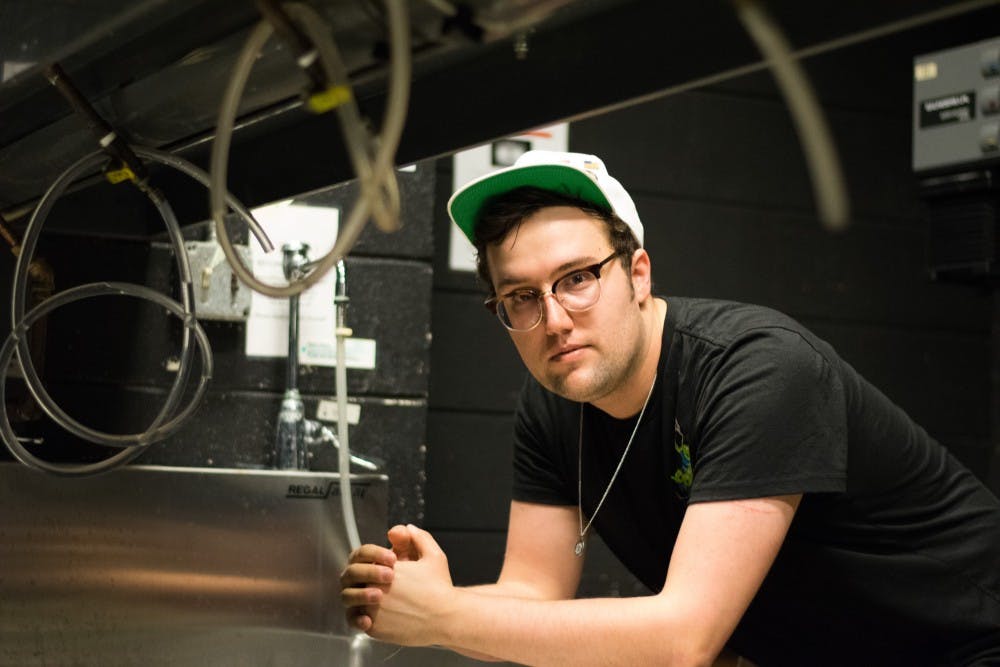Studio art isn't what comes to mind for most people when they think of money-making majors —
but some UNC student artists are using their creativity to turn a profit by selling commissioned art.
Purchasing art on commission means buyers will pay artists to create specific projects. Commissioned art is different from other outside-the-classroom art projects, because students must consult with clients and meet their deadlines.
“I wouldn't say that I'm not technical in my other work, but when I'm creating something for someone else, I really try to make sure I do it right the first time,” said Sydney Wood, a junior who sells furniture, wall art and spoons made from exotic wood. “There's a lot less experimentation because there's a timeline you have to work on.”
Students who sell commissions also tend to have stricter instructions when completing their work than they would for other projects.
“I wouldn’t say it creates difficulties, but it definitely feels different,” junior James Pallant said. “When there’s a clear purpose that I know from the beginning, then the process feels more mechanical to me, but often I find that when I’m making my own artwork, I don’t know really what it means or why I did it until after the project is done, and I can look back and see, ‘Oh yeah, now it makes sense.’”
Pallant’s main medium is screen-printing, which he uses to create and sell denim pencil cases made from repurposed jeans. He also makes posters for bands, including musicians in New York City. He was commissioned for one of these posters while attending an afterparty of the band The New Tarot’s concert one night.
“That night, I was carrying around a little tiny relief press machine, and I was carrying around print-making paper, linoleum blocks, print-making ink and everything I would need to improv-make a print there — you know, as you do,” Pallant said. “I ended up hanging with the keyboardist and making a print there that night, and I stayed in touch, and a couple weeks later she asked me to make a poster.”
Senior Jubal Strube sells photography on commission, often for events like weddings and graduations. One of his favorite pieces was a photography project commissioned by Livingstone College that documented the historical landmark 1100 West Monroe St., which was an all-Black boys’ school in the 1940s.
“Livingstone College kind of came to me and saw my work on my documentation style of photography that I do,” Strube said. “And they asked for me to photograph the building the way that it is, and most of those photographs are hanging up in the art department at Livingstone College.”



